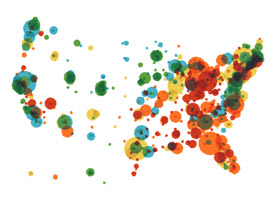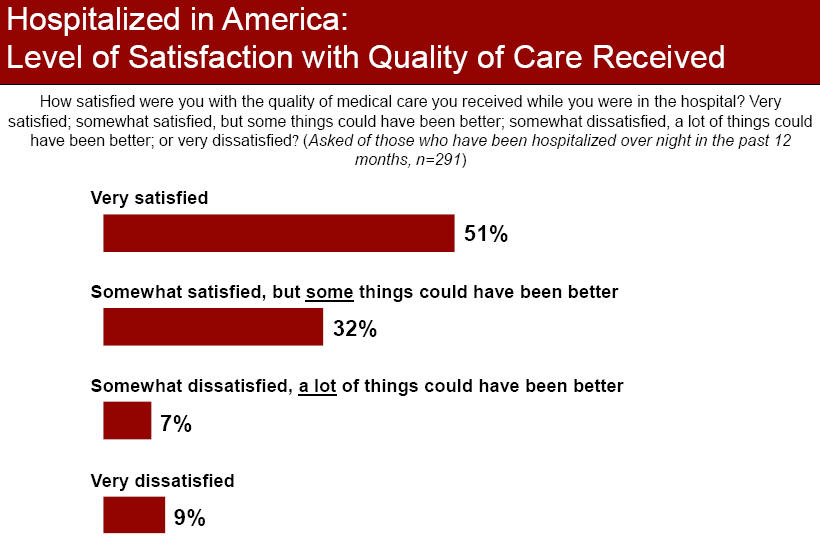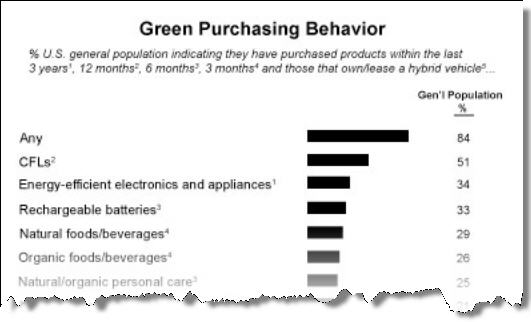What U.S. city has the best work environment? How have the happiness levels of the U.S. changed through “The Great Recession”? The Gallup Healthways Well-Being Index tries to answer these questions by daily surveying 1,000 people 7-days a week. The assessment first started on January 2, 2008, and the project’s goal is to collect data for 25 years. Currently, there are over 5 years of data—enough to start identify and evaluate trends. The study is a collaboration between the polling firm Gallup and the healthcare solutions company, Healthways.
The Well-Being Index is an average of six major factors:
- Life Evaluation—how a person compares their present situation to future situation
- Physical Health—BMI, disease, six days, physical pain, etc.
- Emotional Health—experiences of smiling, enjoyment anger, happiness
- Healthy Behavior—lifestyle habits including
- Work Environment—job satisfaction, supervisor’s impact, ability to use strengths
- Basic Access—access to food, shelter, healthcare and a place to live
The homepage presents an overview of the indexes in a stock-chart type format.
The Findings tab provides much more detailed results including descriptions of trends, demographic breakdowns, and the highest and lowest performing cities. Much of this data was summarized after the 1 millionth survey was completed in 2010, but the link for City, State and Congressional District Well-Being Reports contains summarized data from 2012.
The site has fine-grained data not found anywhere else and contains interesting visualizations, such as this image from the 2012 Composite Report showing composite well-being data by metro area:
Charts and visualizations used on the site can sometimes over-emphasize differences. The scales changes on each chart—and sometimes skip sections (such as on the “Daily Pulse” chart). The chart below—the Emotional Health Index—only show 3 percentage points, so it looks like we’ve made a huge jump up since 2009.
However, since these surveys are representative of the entire united states, just a 1% increase or decrease means 3.1 million people.
Numbers from the Gallup Healthways Well-Being index are used by other Gallup Reports, such as this report on the number of uninsured in the U.S., and in major news sources. Or you could use this data to help find a new city to live in!
P.S. Lincoln Nebraska was the top city for Work Environment in 2012 (and the city with the highest overall wellbeing), and levels of emotional well-being dipped during the end of 2008 and beginning of 2009, but have risen again almost to pre-recession levels.
Guest Blogger: Kari Beets is the Graduate Research Assistant for Business at the University of Texas Libraries. She completes her MSIS program at the UT Austin School of Information in May 2014.








